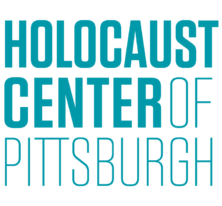Pre-War Jewish Life in Europe
From “Jewish Life in Europe Before the Holocaust” by the United States Holocaust Memorial Museum:
“In 1933 the largest Jewish populations were concentrated in eastern Europe, including Poland, the Soviet Union, Hungary, and Romania. Many of the Jews of eastern Europe lived in predominantly Jewish towns or villages, called shtetls. Eastern European Jews lived a separate life as a minority within the culture of the majority. They spoke their own language, Yiddish, which combines elements of German and Hebrew. They read Yiddish books, and attended Yiddish theater and movies. Although many younger Jews in larger towns were beginning to adopt modern ways and dress, older people often dressed traditionally, the men wearing hats or caps, and the women modestly covering their hair with wigs or kerchiefs.
In comparison, the Jews in western Europe—Germany, France, Italy, the Netherlands, and Belgium—made up much less of the population and tended to adopt the culture of their non-Jewish neighbors. They dressed and talked like their countrymen, and traditional religious practices and Yiddish culture played a less important part in their lives. They tended to have had more formal education than eastern European Jews and to live in towns or cities.”
